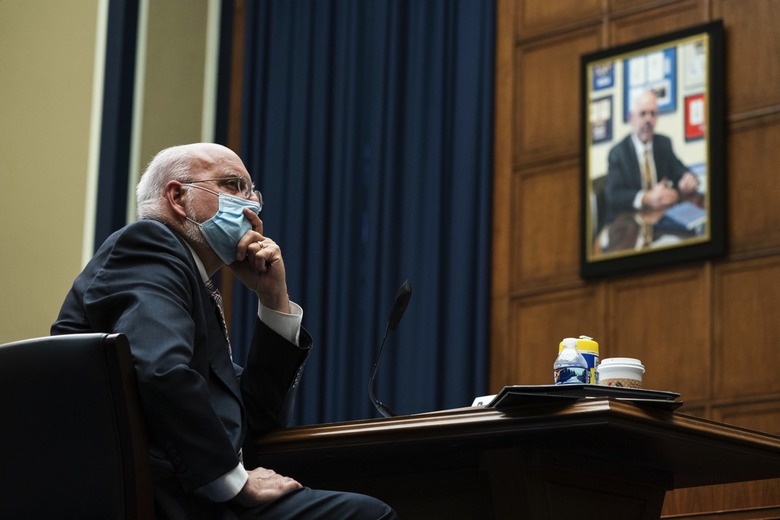CDC Says There May Be 10 Times More Coronavirus Infections Than Reported In The US
- The US coronavirus statistics are even worse than what the data shows, CDC Director Robert Redfield said during a briefing with reporters.
- The real number of COVID-19 infections might be 10 times higher than the diagnoses confirmed via testing.
- The estimate comes from antibody testing and indicates up to 25 million Americans may have had COVID-19.
The novel coronavirus infection is anything but contained in several hot spots around the world, including several US states that have registered record figures after reopening. President Trump has often said that the increased number of testing leads to a higher caseload, advocating in all seriousness for a reduction in tests. That approach will not deal with the underlying problem. The virus is spreading in communities faster than before now that lockdown measures have been lifted. Furthermore, resistance to wearing face masks could further increase the risk of transmission of the deadly disease.
New estimates from the CDC indicate that the coronavirus has infected 10 times more Americans than confirmed so far via testing. The forecast comes from Director Robert Redfield, and it's based on data from a COVID-19 antibody screening program.
Even without the surges in Texas, Florida, California, and other states, officials did not have a complete picture of the COVID-19 epidemic in the US. A lack of testing made it impossible to test all suspected patients in the first months of the outbreak. Issues with antibody tests can further prevent the accurate collection of data.
Knowing exactly how many people were infected is a crucial detail for planning future measures, whether it's lockdowns, opening economies, or vaccination campaigns. An accurate caseload figure would also benefit researchers, as it would provide more accurate data about the number of people who are asymptomatic and the real mortality rate.
As of Friday morning, more than 2.5 million Americans have been diagnosed. If the CDC estimates are accurate, then the actual number of people who were infected so far is 25 million. So far, nearly 127,000 thousand patients have died in the US.
"This virus causes so much asymptomatic infection," Redfield said on Thursday, via The Hill. "We probably recognized about 10 percent of the outbreak." The director explained that serological surveys were collected for coronavirus tests as well as other reasons, like blood donations and laboratory tests. They showed that between 5% and 8% of Americans have contracted the virus.
The CDC data seems to be in line with other regions. In mid-May, Spanish researchers published a study showing that the country's real COVID-19 caseload may be at around 5% of the population, or 2,350,000 cases. At the time, Spain had over 272,000 confirmed cases, a tenth of which were fatal. Spain was the COVID-19 epicenter of Europe for a while, but managed to flatten the curve significantly.
Both datasets indicate there shouldn't be any talk of herd immunity in either country. An incredibly high percentage of a population needs to be infected or immunized with a vaccine for the spread to be reduced.
Unlike the Spanish study, Redfield did not provide the full data, and there's always a chance the estimate isn't accurate. Issues with antibody tests, as well as a recent finding that said antibodies can disappear three months after recovery, may alter results in antibody studies.
"This outbreak is not over. This pandemic is not over. The most powerful tool that we have, powerful weapon, is social distancing," Redfield said. "We have responsibility to practice the social mitigation strategies to protect the vulnerable, to protect the elderly."
The CDC is monitoring the situation in about 20 states where 100 CDC staffers are helping authorities deal with the surge in cases. "We're not talking about a second wave right now, we're still in the first wave. And that first wave is taking different shapes," Redfield said.
The CDC updated its COVID-19 symptoms list in mid-May. On Thursday, the CDC also updated the list of medical conditions that can pose a severe risk of developing COVID-19 complications or dying.
